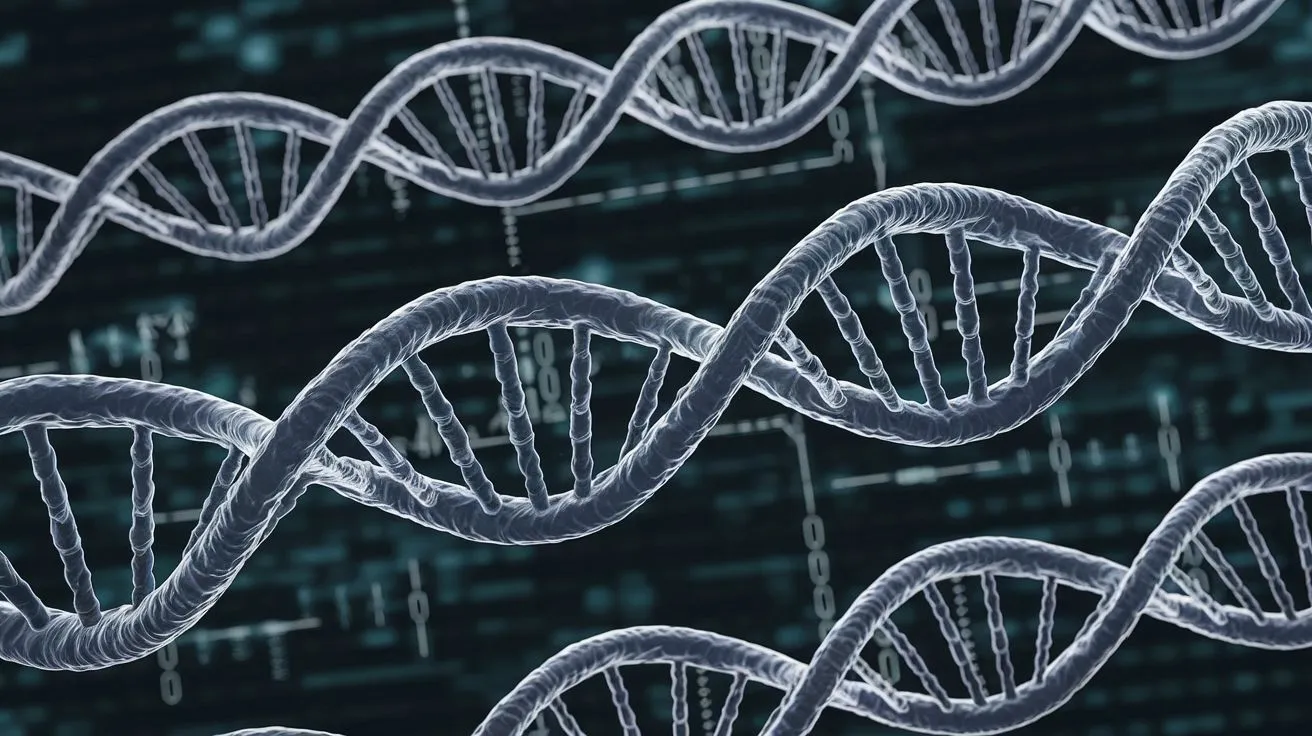Computing storage in DNA: myth becomes reality
Published by Cédric,
Article author: Cédric DEPOND
Source: Nature Nanotechnology
Other Languages: FR, DE, ES, PT
Article author: Cédric DEPOND
Source: Nature Nanotechnology
Other Languages: FR, DE, ES, PT
Follow us on Google News (click on ☆)
Researchers from North Carolina State University and Johns Hopkins University have developed a technology that not only stores data but also processes, erases, and rewrites it using DNA strands. This system could store the equivalent of data from a thousand laptops in a space as small as a pencil while ensuring data preservation for thousands of years.

The research focused on developing an innovative medium called "dendricolloid." This polymer branches out from a microscopic structure to form a network of nanoscale fibers, offering a large surface area for depositing DNA without sacrificing data density.
According to Orlin Velev, co-author of the study, this unique architecture allows storing vast amounts of data while facilitating their manipulation, such as erasing or rewriting specific sections of the DNA.
Compatibility between the DNA medium and traditional computing operations was one of the main challenges of this research. Albert Keung, one of the project leaders, explains that the developed technology overcomes this challenge by enabling reading and copying of stored information without damaging the DNA.
Additionally, this system can perform simple computational operations, such as solving sudoku grids or chess problems, while preserving data integrity.
To achieve these results, the research team collaborated with various experts to integrate microfluidic channels, enabling the movement of nucleic acids and initiating computational commands. They also used nanopore sequencing to directly read RNA data after copying it from the DNA medium surface.
This multi-technological approach combines the advantages of DNA's storage density with the processing capabilities of electronic systems.
Named the "primordial DNA store and compute engine," this system paves the way for a wider use of DNA in data storage and computing applications. It promises a reliable and durable solution, with data potentially stored for thousands of years under commercial conditions. However, despite these advancements, technical challenges remain before possible commercialization.